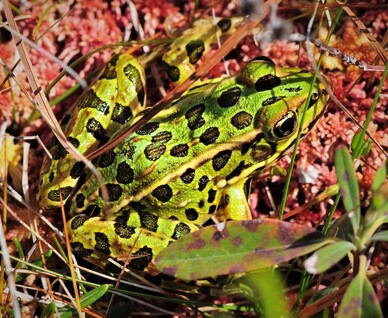
Wildlife is all around us, even in winter. We may not see as many creatures as we do in other seasons, but that doesn’t mean they aren’t here and thriving. While some animals, primarily birds, migrate to warmer locales for the winter months, many native to Atlantic Canada have become experts at surviving cold and snowy environments. Moose eat huge quantities of leaves and shoots in the fall, building up their fat stores before the temperatures drop. Throughout the winter, although there is still some food available to them in the form of twigs and bark, they rely on stored energy, and move as little as possible in an effort to conserve it. The Canada Lynx, on the other hand, is able to remain active during the winter thanks to its own snowshoes - its huge, furred paws. They have no problem trekking through deep snow and chasing prey to keep well-fed throughout the winter.

When winter is predictable and consistent from year to year, animals are able to flex their evolutionary muscles and survive the season like old pros. With the effects of climate change, however, it becomes much more difficult for wildlife to adapt to seasonal changes. Imagine a black bear that typically survives the winter by going into hibernation. The drop in temperatures signals to the bear that it’s time to hibernate, but if it never drops below a certain temperature, or there are too many fluctuations between freezing and warmer temperatures, the bear might never go into hibernation. As such, it ends up struggling to forage for food in an unfamiliar environment. Less snowfall could leave amphibians and reptiles, who usually depend on the insulating quality of snow, struggling to find a suitable hibernaculum to spend the winter, and warming temperatures could mean an important food source moves further north. Despite all the challenges presented by climate change, the resiliency of animals demonstrates time and time again how they are true survival experts.
 RSS Feed
RSS Feed